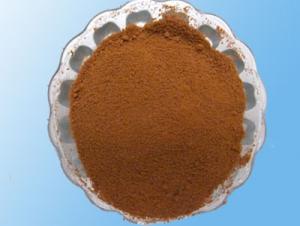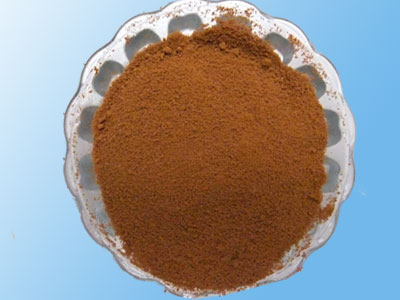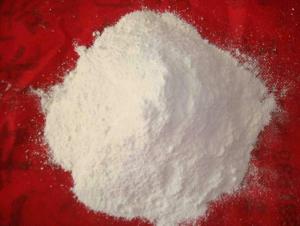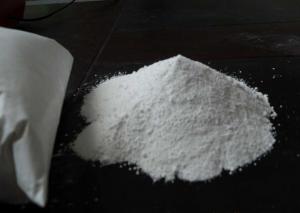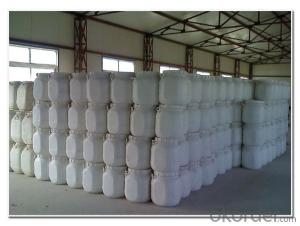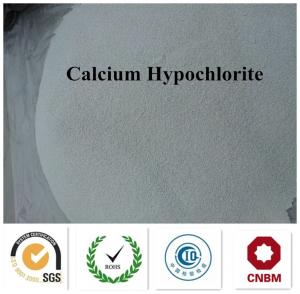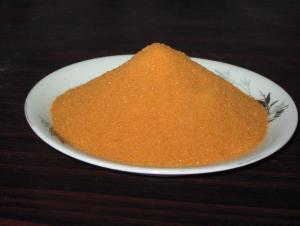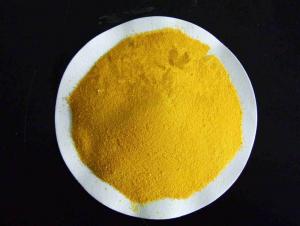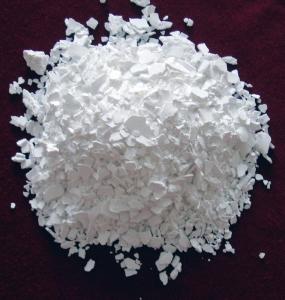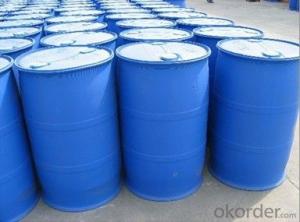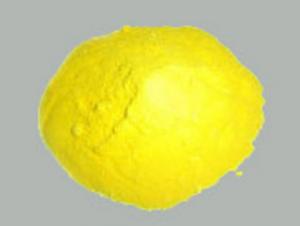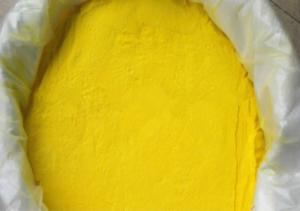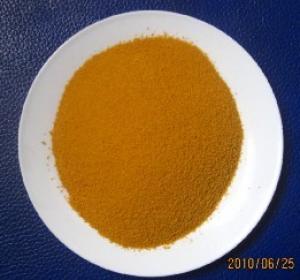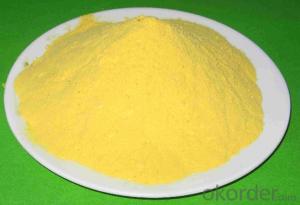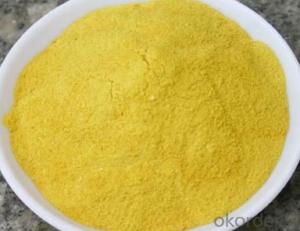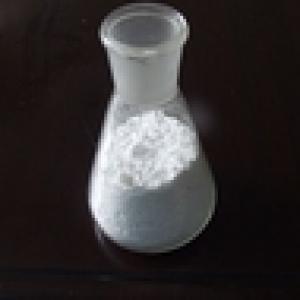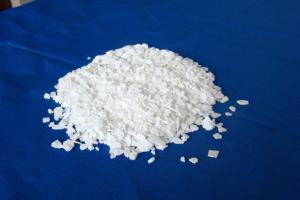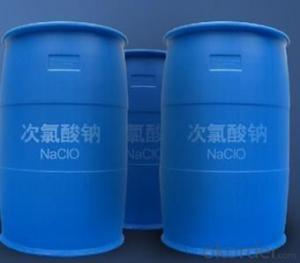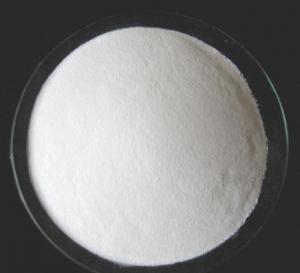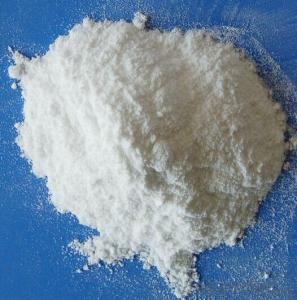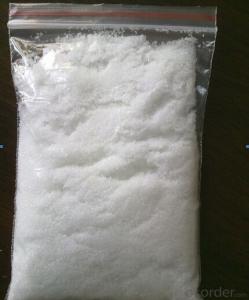Poly Aluminium Ferrous Chloride PAFC for water treatment
- Loading Port:
- Tianjin
- Payment Terms:
- TT OR LC
- Min Order Qty:
- -
- Supply Capability:
- 6000 m.t./month
OKorder Service Pledge
OKorder Financial Service
You Might Also Like
Polyaluminium chloride PAC 30%min
1. Features of polyaluminium chloride
a. highest grade raw materials
b. light yellow powder
c. Low heavy metal
d. High AL2O3, 30% min
2. Specification of polyaluminium chloride
Industrial water grade:
Properties: sandy beige fine powder use spray drying technology.
Usages: The product is widely used for industrial water and wastewater treatment, such as those containing radioactive substances, lead (Pb + +) chromium (Cr + + +) highly toxic heavy metals and fluoride (F) sewage. In addition, also use in precision casting, paper, leather, etc.
Item | Specification guaranteed |
AL2O3 % Min | 30 |
Basicity 8% | 50-90 |
Max. water insoluble % | 0.05 |
PH value(1% content in water) | 3.5-5.0 |
Drinkable water treatment:
Properties: Lemon yellow fine powder use spray drying technology.
Usages:The product is widely used for drinking water treatment, also use in precision casting, paper, leather, etc.
Item | Specification guaranteed |
AL2O3 % Min | 30 |
Basicity % | 70-85 |
Max. water insoluble % | 0.1 |
PH value | 3.5-5.0 |
Fe, %, ≤ | 0.2 |
As, %, ≤ | 0.0002 |
Mn, %, ≤ | 0.0075 |
Cr 6+ %, ≤ | 0.0005 |
Hg %, ≤ | 0.00001 |
Pb %, ≤ | 0.001 |
Cd %, ≤ | 0.0002 |
Milk white PAFC
Properties: White fine powder use spray drying technology.
Usages: Mainly used for portable water, urban sewage purification; in food processing industry, it's mainly used as sugar decolorization clarifying agent; as sizing auxiliary in paper mills; For cloth anti-creasing
Item | Specification guaranteed |
AL2O3 % Min | 30 |
Basicity % | 40-60 |
Max. water insoluble % | 0.01 |
PH value | 3.5-5.0 |
Fe, %, ≤ | 0.2 |
As, %, ≤ | 0.0002 |
Mn, %, ≤ | 0.0075 |
Cr 6+ %, ≤ | 0.0005 |
Hg %, ≤ | 0.00001 |
Pb %, ≤ | 0.001 |
Cd %, ≤ | 0.0002 |
3. Packing of polyaluminium chloride
20kg / 25kg / 900kg / 1000kg Plastic Bag.
- Q: Children eat what to add the body of inorganic salts
- Such as fruits, vegetables, beans or soy products, kelp, eggs and so on. Eat hot and humid food: watermelon, bitter gourd, peach, ebony, strawberry, tomatoes, cucumber, mung bean and so on.
- Q: The presence of inorganic salts
- The presence of inorganic salts is mostly present in the ionic state in a small number of compounds
- Q: Determination of the existence of inorganic salts in the soil, in the filter, should pay attention to the matter
- Two low: filter edge is lower than the edge of the funnel;
- Q: What cells produce the collagen and inorganic salts of bone matrix?
- Inorganic Salts In Bone
- Q: citrate, What is the rationale for using a medium with this type of composition for the performance of the citrate utilization test?Thank you!
- as it has no other sources of nutrition, only citrate metabolizers will be able to grow and thrive on this medium. If your organism grows, you know it is a citrate metabolizer which helps to identify the bacteria.
- Q: Is the inorganic salt related to the excitement
- In the natural state, both in the periphery and within the central nervous system, nerve impulses are conducted in the context of a single neuron. At the nerve tip (synaptic or on the muscle joint), nerve impulses cause the excitement or inhibition of the next cell by chemical transmission or electrical transmission.
- Q: My inorganic diet seems to be working but I am getting tired of the taste of rock salt. Should I continue?
- Stay on your diet, you salty dog you.
- Q: Is iodized salt inorganic or organic?
- A salt, by definition, is the product of a reaction between an acid & a Base. As Imrul has said, if it has a carbon, it's Organic. The Iodine is from the base, so the other part would have to be from the acid, a metallic one at that. As there's no more clear informatiom, you must take it as Inorganic.
- Q: The difference between the ignition of inorganic salts and organic matter
- Calcium is an important part of bones. Calcium deficiency can lead to osteomalacia, osteoporosis and so on. China Nutrition Society recommended 18-50 adult calcium intake of the appropriate daily intake of 800 mg; 50 years old after the elderly taste 1000 mg. Common calcium-rich foods are milk, yogurt, oatmeal, sea cucumber, shrimp, wheat, soybean meal, soy products, lily and so on.
- Q: And what I specifically need are salts with Bromide, Chloride, Phospate and Carbonate ions.Thanks for any help.
- That list is near endless. There are countless inorganic cations and organic groups that can combine with these ions. Pretty much every metallic element in the periodic table will form cations with bromide and chloride. Not sure about phosphate, but most metals will bind with it. Carbonate will be trickier, as some ions are too acidic and will decompose the carbonate (iron(III) is an example, and it will form the oxide instead, liberating CO2 in the process). Aside from simple elemental ions, there are also polyatomic cations (such as ammonium) and lots of complexes that will form compounds with these anions.
Send your message to us
Poly Aluminium Ferrous Chloride PAFC for water treatment
- Loading Port:
- Tianjin
- Payment Terms:
- TT OR LC
- Min Order Qty:
- -
- Supply Capability:
- 6000 m.t./month
OKorder Service Pledge
OKorder Financial Service
Similar products
Hot products
Hot Searches
